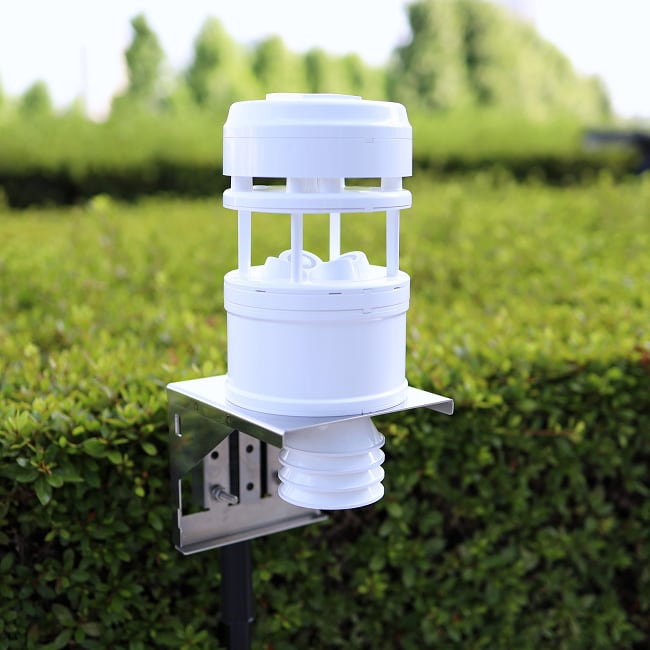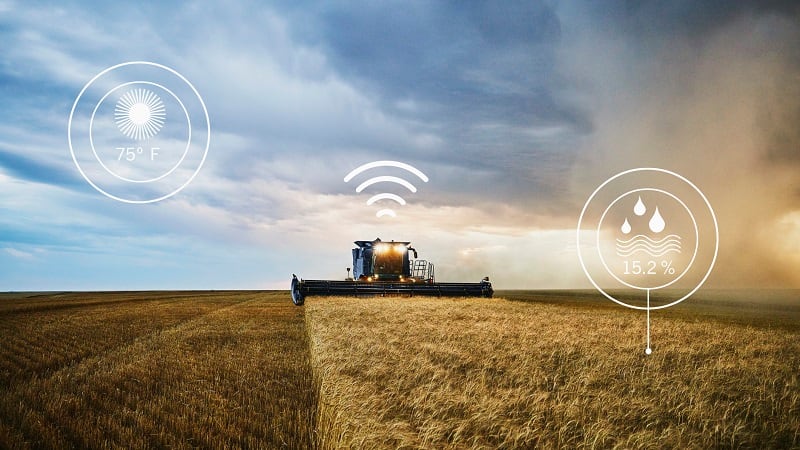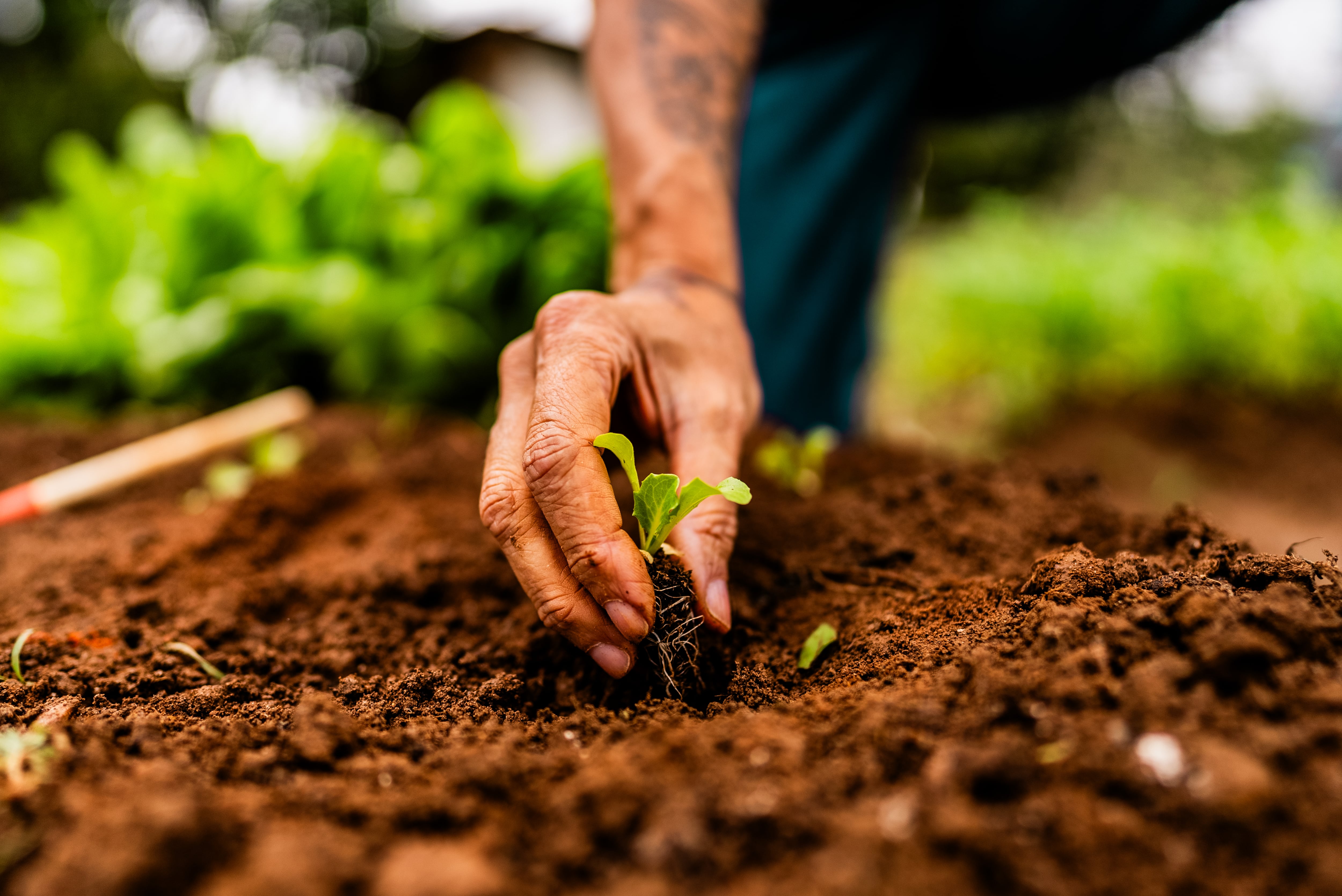Multi-national components and tech company Omron released its latest weather sensor to support precision agriculture, leveraging low-power and long-range (LoRa) protocols to help farmers make better field decisions.
The cylinder-shaped device is a sensor that provides weather-related data, including absolute pressure, humidity, rain, sunlight temperature, and wind direction and speed, Omron shared in a press release.
With this environmental data, growers conserve resources and inform a range of field activities, including knowing when to plant and irrigate, Cary Horan, business development manager at Omron Electronic Components, told AgTechNavigator.
“We have seen a lot of different use cases and curiosity about how the weather sensor would be able to gather rainfall data and then trigger whether or not irrigation equipment is actually going out, or whether we need to keep irrigation light because we have enough rainfall going in. This is very valuable, especially on the West Coast, where you have water conservation,” he elaborated.
He added, “When you get into specialty crops, a lot of citrus, a lot of fruits, they are very affected by wind patterns. So having the wind speed and the wind direction ... can determine where crops are really going to thrive.”
Omron turn to KS Technologies for LoRa expertise
Omron’s component business ─ which makes relays, switches, connectors, and sensors ─ primarily sells its products into other solutions, Horan noted.
So, the weather sensor required the hardware company to take a different go-to-market strategy and find a partner to develop products that could work with communications systems, he added.
“We have something that has this ability of linking into communication software, linking to LTE networks, Wi-Fi networks. That was still relatively new to us. And we have our engineers who are very good at the component side, but we did not have as much experience into that. So, our original go-to market strategy did have to be adjusted,” Horan explained.
This is why Omron partnered with Internet of Things (IoT) device design and development company KS Technologies (KST) to create various communication devices, including a combined offering for an IoT gateway and the weather sensor, Horan explained.
LoRa networks have the “ability to work over long distances, especially with small data packets,” he said. LoRa is particularly useful for ag, and especially places where there might not be a robust energy infrastructure, he added.
KST “developed an add-on module that not only helps us convert that data into something that is pocketable, ... and therefore, can connect with any LoRa network, public or private,” he elaborated.





